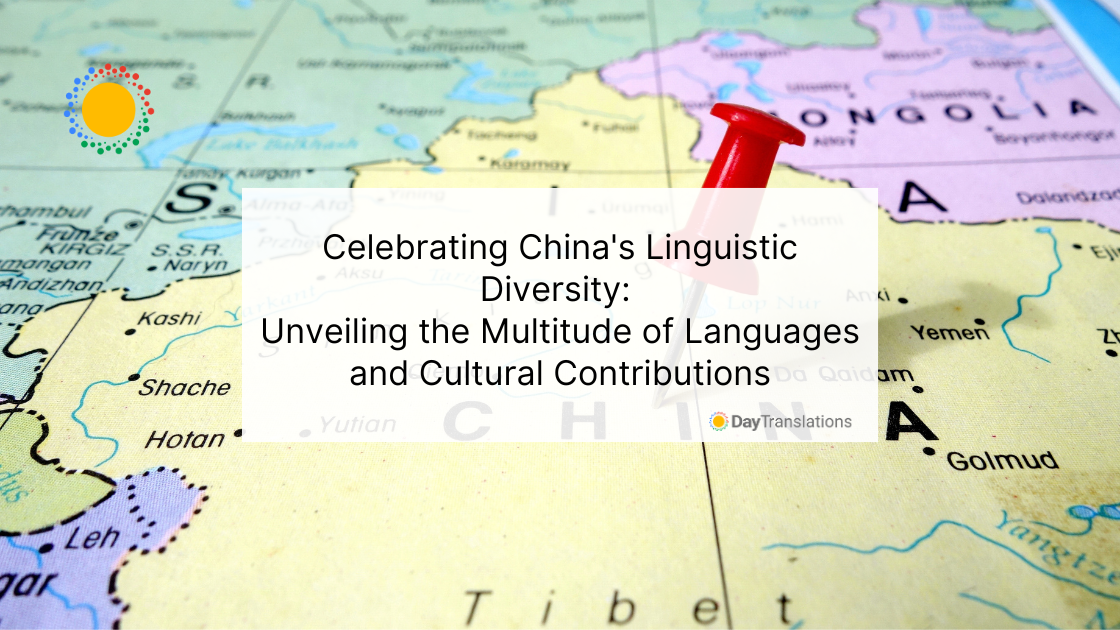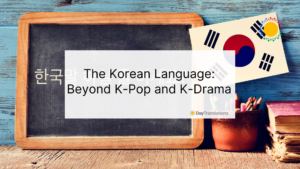China, officially known as the People’s Republic of China (PRC), boasts a vast expanse of land comprising numerous provinces. Amid the popularity of Mandarin Chinese, China’s linguistic diversity is one of the most impressive showdowns on earth. As one of the world’s oldest civilizations, China’s influence has transcended its borders, captivating nations both in Asia and the Western world. The realm of Chinese innovations has left an indelible mark, revolutionizing various aspects globally. While modernized, many of these pioneering Chinese creations persist in their global relevance.
Pivotal Contributions from China to the Global Stage
From the plethora of inventions originating in China, certain ones stand out as monumental game-changers, including gunpowder and fireworks, which found utilization in the Chinese military during the Tang Dynasty. During the Han Dynasty, the introduction of handcrafted paper within the Imperial court catalyzed a written revolution in China and beyond, eventually leading to the innovation of movable type printing using wooden blocks.
Between the 9th and 11th centuries, ingenious Chinese inventors overcame navigational challenges by devising the compass, which ultimately revolutionized maritime trade and intercultural interactions. Similarly, during the 11th century, the spinning wheel emerged to meet the demand for silk fabrics from the West. This innovation traveled to Europe in the 14th century, causing a transformative shift in textile thread production.
China’s profound contribution extends to porcelain production, commonly referred to as ‘china.’ The inception of porcelain dates back to around the 16th century BC in China. The Ming Dynasty saw the rise of decorated porcelain, coveted by affluent families in the Western world.
Unearthing China’s Bountiful Legacy
Exploring China’s multifaceted contributions to the world evokes fascination and awe. As the adage goes, learning a language unveils the culture of a nation. Even if embarking on the journey to learn the Chinese language takes time, this expansive country’s treasure trove of knowledge regarding the languages remains captivating.
Administrative Divisions of China’s Linguistic Diversity
China, the second-largest nation in Asia, is partitioned into diverse administrative units. Comprising 23 provinces, notable municipalities like Chongqing, Shanghai, Tianjin, and Beijing, along with autonomous regions such as Xinjiang, Ningxia, Tibet, Inner Mongolia, and Guangxi, as well as special administrative zones like Hong Kong and Macau, the country’s administrative makeup is intricate.
Inhabitants of China hail from various ethnic groups and tribes, each boasting a distinct language. Given the vastness of the nation, linguistic diversity parallels the array of customs, traditions, and practices that flourish across its regions.
A Tapestry of Languages Flourishing in China
The 21st edition of Ethnologue underscores that China, a home to nearly 1.4 billion people, is a tapestry woven with 299 distinct languages. These linguistic variations, nurtured by the diverse ethnic groups comprising 56 groups in total, contribute to the rich linguistic landscape. Geography often underpins the prevalence of these languages. Chief among them is Mandarin Chinese, reigning as the most widely spoken.
A Remarkable Alphabetical Palette Across China’s Linguistic Diversity
The languages of China, interestingly, encompass all letters of the alphabet except the letter F. Remarkably, even the names ‘E’ and ‘U’ are assigned to certain Chinese languages. One such example is ‘E,’ a mixed language spoken in the Guangxi Zhuang Autonomous Region. Catering to approximately 30,000 speakers, this linguistic phenomenon spans various regions, including Luocheng Mulam, Xinglong, Xiatan, Simo, the Yongle district, and the independent county of Rongshui Hmong.
A parallel instance is the ‘U’ language, spoken by an estimated 40,000 individuals across Southwest Yunnan Province, Changning and Shidian counties, and the Baoshan municipal prefecture. Some speakers may also be found in Myanmar.
Standard Chinese: China’s Lingua Franca
Amid the multitude of languages, Standard Chinese—also known as Modern Standard Mandarin or Standard Mandarin—is an official language in both China and Taiwan. This standardized form amalgamates diverse linguistic traits, absorbing grammatical conventions from various dialects and drawing its vocabulary from Mandarin, while its pronunciation finds roots in the Beijing dialect.
Within mainland China, Standard Chinese is known as Putonghua, meaning ‘common speech,’ while in Taiwan, it’s termed Guoyu, signifying ‘national language.’ This linguistic unifier is mandated by law for communication purposes. Though widely promoted, only approximately 70% of mainland China’s population speaks it, with a mere 10% possessing fluency.
Mandarin Chinese: A Lingering Presence in Education
Mandarin Chinese is crucial in educational curricula across mainland China and Taiwan. Its written form employs simplified Chinese characters in Putonghua and traditional Chinese characters in Guoyu. The language not only connects regions but also enriches cross-cultural communication, serving as an indispensable asset in the global arena.
Cantonese: An Official Language in Its Right
Hailing from the port city of Guangzhou, Cantonese flourishes in the Pearl River Delta within Guangdong Province. Reflecting its origin, Cantonese is associated with Guangzhou, also known as Canton. Hong Kong’s Basic Law stipulates Cantonese as its official language, while the Special Administrative Region of Macau recognizes both Cantonese and Portuguese as official tongues.
Cantonese, a Prime Variant of Yue
Linguists view Cantonese as a prominent variant of Yue, another Chinese dialect. Cantonese boasts preeminence in the Guangzhou province and the nearby Guangxi region.
China’s Linguistic Mosaic
China’s linguistic panorama is an intriguing tapestry that unveils various regional languages, each dominating a specific geographical sphere. Wu Chinese, a prominent dialect, holds sway in the eastern reaches of the country, encompassing subgroups such as Taihu, Taizhou, Oujian, Wuzhou, Chu-Qu, and Xuanzhou. With about 80 million speakers, Wu Chinese further divides into distinct varieties like Shanghainese, Huzhou, Wuxi, Ningbo, Suzhou, Changzhou, Jiaxing, Hangzhou, Shaoxing, and more.
Hokkien: The Jewel of the South
Originating from Fujian Province, Hokkien, a member of the Southern Min group, radiates across southeastern China. With approximately 37 million speakers, Hokkien permeates various locales, including Medan, Penang, Taiwanese, Zhangzhou, Quanzhou, Xiamen, and Singaporean regions.
Min Chinese: Echoes from the South
Min Chinese resonates along the southern fringes of China, particularly in Fujian Province. Catering to around 70 million speakers, this language thrives in various locales, encompassing parts of Guangdong Province, Hainan Island, Jiangyin City in Jiangsu Province, and segments of Zhejiang Province.
Xiang Chinese: Stories from Hunan
Originating in Hunan Province, Xiang Chinese, or Hunanese, resonates across Hubei and Guizhou Provinces, alongside the northern sectors of Guangxi. Pioneers and figures of significance in Modern Chinese history, such as Ma Ying-jeou, Huang Xing, Xuo Zongtang, and Mao Zedong, hail from Xiang-speaking regions.
Translation Challenges in China’s Linguistic Diversity
The myriad languages within China present a complex puzzle for translators. These languages often lack mutual intelligibility due to characters, strokes, and pronunciation differences. To ensure the success of Chinese translation projects, the involvement of professional translators is paramount. These experts possess a deep understanding of the nuances intrinsic to each dialect.
Day Translations, Inc. boasts a team of native-speaking, in-country translators who excel in overcoming linguistic barriers. Whether it’s Mandarin Chinese, Cantonese, Hmong, or any other Chinese language, Day Translations guarantees accurate, high-quality translation services. Furthermore, the company extends its expertise to interpreting services, including simultaneous, consecutive, over-the-phone, and video remote interpreting. With Day Translations as your linguistically, you can confidently navigate the complexities of language in all your endeavors.














Sorry, the comment form is closed at this time.